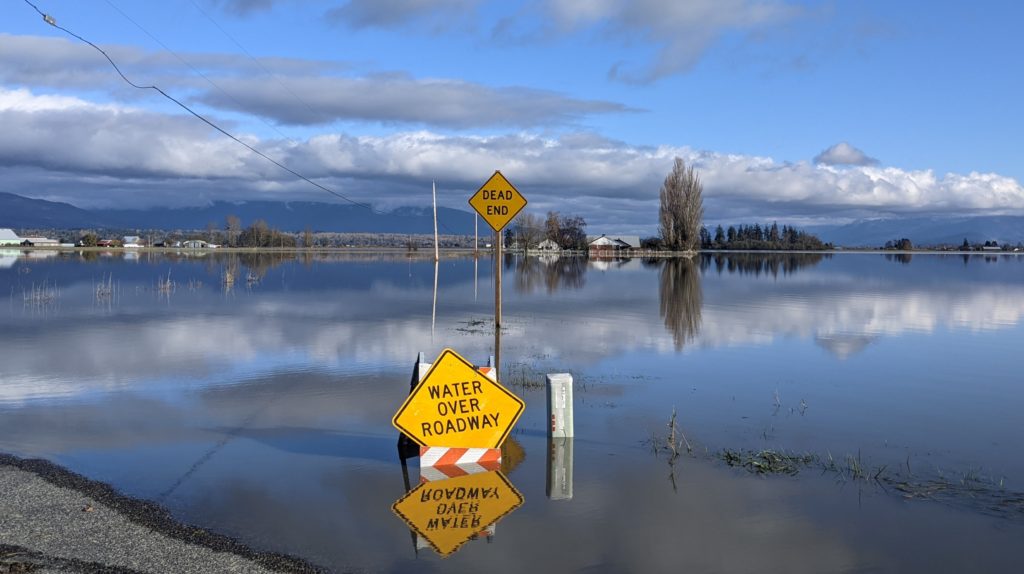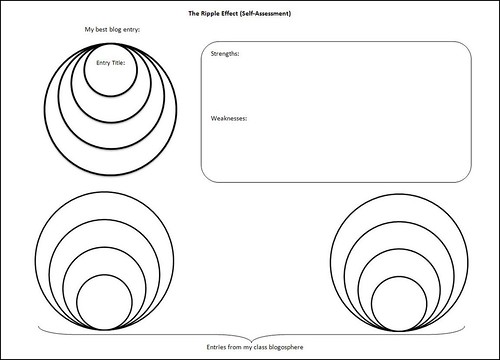
In 2008 Patrick Lambe wrote this fabulous blog post challenging our notion of, or perhaps obsession with, bestness. Green Chameleon » Against Bestness
First, I encourage you to read the whole post. It is still spot on resonant. Patrick highlights many of the missteps of trying to focus on all things best: best practices, simplistic taxonomies, etc.
Why do we fall for bestness? For me, it is our own entrained thinking and simply not paying attention to the signals where a focus on best is, at best (haha) is a wrong turn.
Second, I’d love you to share the signals you notice when you (if you ever do) start focusing on bestness instead of the right thing to do right now. (Or some variation.)
In taking a step back from constant work, I’m reflecting on some of my choices with groups and clients and see moments where I have consciously or unconsciously not heard what others offer because I thought I had what was best. Signals? Defensiveness. Interrupting others. Prioritizing the voices that agreed with me.
My antidote? Stick with structures that prevent behavior that I succumbed to now and again. This is probably why I use Liberating Structures, or at the least, consider my process choices based on how much the bring all voices to the work.
 In 1968 my dad made friends at work with a man from Czechoslovakia. It turns out Jan and his wife Kveta had escaped their country on the eve of the Soviet take-over, leaving everything behind. Our family became friends with them and one day they asked me if I would like a pen-pal in Czechoslovakia. Always interested in other countries, I said yes.
In 1968 my dad made friends at work with a man from Czechoslovakia. It turns out Jan and his wife Kveta had escaped their country on the eve of the Soviet take-over, leaving everything behind. Our family became friends with them and one day they asked me if I would like a pen-pal in Czechoslovakia. Always interested in other countries, I said yes. From the draft posts I’m mining, I reread a fantastic 2008 post by Konrad Glogowski on his blog,
From the draft posts I’m mining, I reread a fantastic 2008 post by Konrad Glogowski on his blog, 
